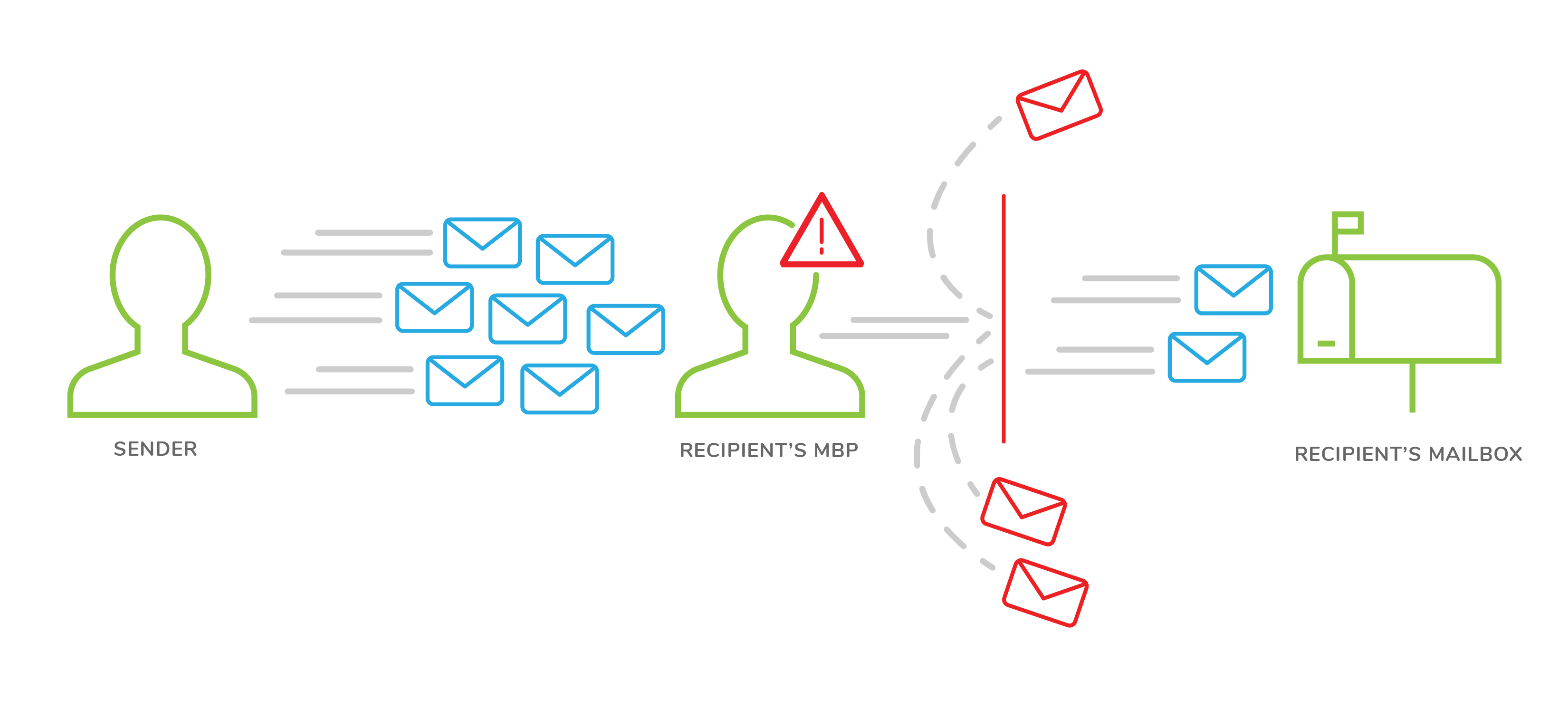
For a new email marketer, seeing email being throttled can feel like mailbox providers are attacking us. “Why won’t you let my emails through,” some of us have shouted into the sky. But once you understand what throttling really is and why it’s happening, you can better avoid it and the accompanying frustration.
What is email throttling?
First things first: Throttling is the limitation on how many connections or messages a mail server can successfully complete to a mailbox provider (MBP). The extent of throttling may vary based on the IP or domain reputation of the sender, as lower reputations are more aggressively throttled.
Why and when does throttling happen?
Email throttling often happens when there is a negative change in reputation or a domain is in the process of going through a warm-up period. Temporary throttles may also be applied if the MBP experiences a sudden spike in complaints or unknown users. You’ll know this is happening if you or your email service provider (ESP) notes an uptick in soft bounces. A note on this, though: each ESP might categorize bounces differently, so one may consider “retries” as an uptick in bounces while another won’t count them.
Throttling also happens during high-traffic times like Black Friday or Cyber Monday. When MBPs are trying to maintain a stable network environment.
Keep in mind, throttling varies from MBP to MBP. Some will rate limit for a short period of time to get a sender’s attention and pressure them to back off, while others might limit sending for a 24 hour period.
How do I monitor and manage email throttling?
Understand if your marketing email is being throttled by monitoring your deliverability signals for any changes in the number or frequency of soft bounces or temporary failures. You’d also be wise to work with your ESP to implement traffic shaping tools to automatically slow down sending when they observe a change in bounce behavior.
If you’re more interested in the nuts and bolts of email, you can also talk to them about their capabilities in this regard. Your ESP could have global network setting for items like the maximum number of connections to a specific host or the maximum number of messages sent over a single connection. Try to understand how their servers react to error codes such as “450 (IPADDRESS) has too many connections” or “452 requested action not taken: too many recipients for this connection,” to help inform your own sending strategies.
And generally, be aware of the seasonality of email and when there may be higher volumes of commercial emails being sent. Plan ahead to be slowed down!
Paying attention to changing bounce volumes and reacting quickly to change your send speeds and the number of connections being made will reduce the longer term impacts of throttling. Good behavior is usually rewarded by MBPs, so staying within their connection and recipient limits is one way of showing you mean well. If you’re noticing you’re struggling with email throttling and can’t find a way to fix it, or if you’re unsure if you’re experiencing throttling, contact us. We’ve got the tools and expertise you need to sort this all out. Happy (slow and steady) sending!
